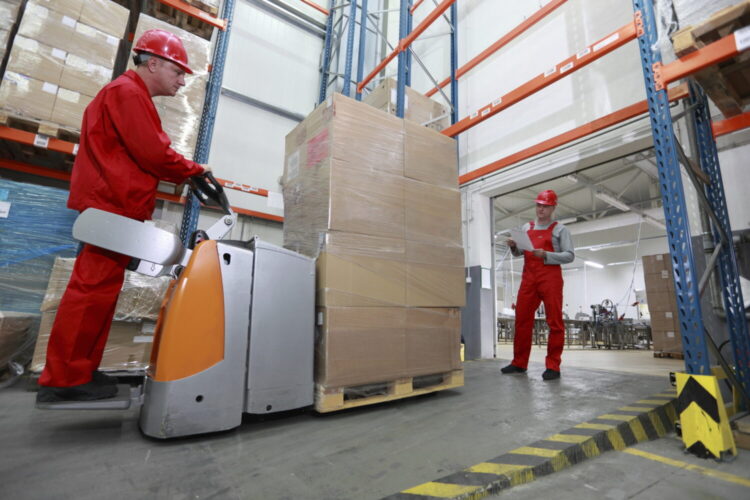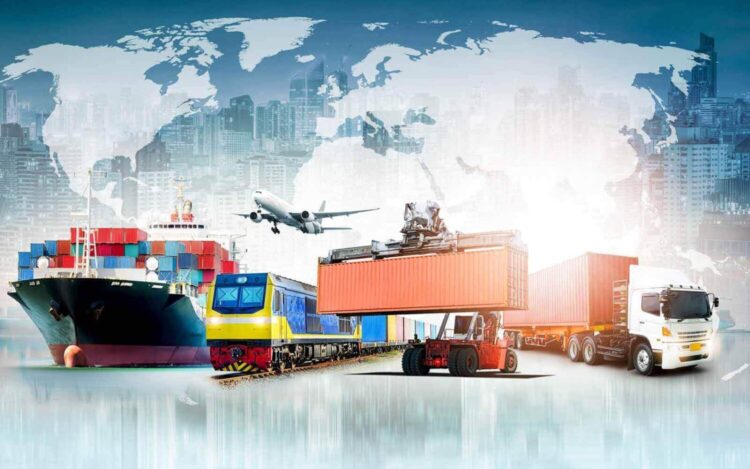In the past, the international delivery system primarily revolved around a series of extensive, sometimes convoluted networks, with packages crisscrossing multiple checkpoints before reaching their final destination. This traditional approach, while it served the purpose, often encountered challenges such as longer transit times, increased costs, frequent mishandling, and potential security lapses.
As a response to these inefficiencies and with the global e-commerce boom, the concept of regional courier hubs emerged. These hubs are strategically located delivery and sorting centers, designed to expedite and streamline the flow of international shipments.
This article unravels the transformative impact of regional courier hubs on the world of international deliveries. From understanding their genesis and the myriad of benefits they offer to their future prospects, this piece discusses why these hubs might be the keystone to revolutionizing global logistics.
Regional courier hubs are not merely a fleeting trend, but a decisive change agent in the world of international commerce.
The Genesis of Regional Courier Hubs
As international commerce expanded exponentially with the rise of e-commerce and globalization in the late 20th and early 21st century, the demand for faster, more reliable, and cost-effective delivery systems became an increasingly high priority. The traditional web of delivery networks began to creak under the pressure, revealing gaps that impeded optimal performance.
It was in this backdrop that the idea of regional courier hubs was born. These hubs, strategically positioned in regions with high shipment traffic, began as a solution to local bottlenecks but soon demonstrated an uncanny ability to boost delivery efficiency on a global scale.
The early adopters of this model, such as hubs in Singapore for Asia and Dubai for the Middle East, showcased marked improvements in delivery times, reduced costs, and increased customer satisfaction, thereby setting the stage for a global logistics transformation.
Key Benefits of Regional Courier Hubs

Speedy Deliveries
In the fast-paced world of e-commerce, timely deliveries can make or break a business. Regional courier hubs address this by drastically minimizing transit times. A case study comparing the delivery times before and after the establishment of a regional hub in Dubai, for instance, revealed a 30% reduction in average delivery times to nearby regions, showcasing the efficacy of these hubs in ensuring products reach consumers swiftly.
Streamlined Operations
Regional hubs, such as a courier to India, offer a direct route for packages instead of battling a convoluted labyrinth of intermediaries. This not only speeds up the process but also reduces errors. These hubs are typically equipped with cutting-edge technology and automation systems, ensuring that sorting, routing, and handling are performed with unmatched precision.
Cost Efficiency
Operating through regional hubs translates to significant savings in transportation and overhead expenses, a benefit that often trickles down to consumers. For businesses, this means reduced shipping costs and for customers, it translates to more affordable shipping fees, making international shopping a more enticing proposition.

Increased Flexibility
Usually, uncertainties like weather disruptions or geopolitical events can affect deliveries, but regional hubs stand out for their adaptability. Their strategic positioning allows for easy rerouting of packages based on changing circumstances. They are adept at scaling operations during peak delivery periods or when faced with unforeseen challenges.
Improved Cargo Safety and Security
The fewer hands a package passes through, the lower the chance of mishandling or misrouting. Regional hubs, with their centralized operations, ensure this. They often invest heavily in state-of-the-art security measures, ensuring that packages are not only delivered promptly but also securely.
Environmental Impact and Sustainability
In the age of environmental consciousness, the logistical efficiency of regional courier hubs extends beyond mere time and cost savings; it plays a major role in reducing the carbon footprint associated with global shipping.
By streamlining operations, these hubs reduce the need for excessive transportation routes, meaning fewer vehicles on the road or planes in the sky, ultimately leading to decreased emissions.
Further, many modern hubs are integrating renewable energy sources, employing energy-efficient technologies, and optimizing waste management practices. These efforts not only bolster their eco-friendly credentials but also resonate with an increasingly environmentally aware consumer base, emphasizing the importance of sustainable operations in modern commerce.
The Future of International Deliveries with Regional Hubs

As the world inches closer to an interconnected global marketplace, regional courier hubs are poised to be at the forefront of this transformation. Predictions for the next decade indicate an even greater reliance on these hubs, spurred by the continuous rise of e-commerce, consumer demands for faster deliveries, and a global push for sustainability.
Advanced technologies, like AI-driven logistics and drone deliveries, might find their testing grounds and early adoptions within these hubs, setting new industry standards.
For businesses to thrive in this evolving landscape, they must not only adapt to the changes these hubs bring but actively seek to integrate their operations with them. This would involve building closer partnerships with these hubs, investing in technologies that enhance synergy, and reimagining supply chains to capitalize on the speed and efficiency offered by regional hubs.
The future beckons a new age of international commerce, and regional hubs are its linchpin.
In an era where timely deliveries and efficient logistics are the heartbeat of international commerce, regional courier hubs have emerged as the transformative solution, addressing challenges of the past and setting the stage for a brighter, more sustainable future.
They have redefined the logistics landscape, proving that it’s possible to combine speed, efficiency, and sustainability seamlessly. As the world continues to evolve, these hubs stand as a testament to human ingenuity, showcasing how we can adapt, innovate, and thrive in an ever-changing global marketplace.
 Hi Boox Popular Magazine 2024
Hi Boox Popular Magazine 2024



